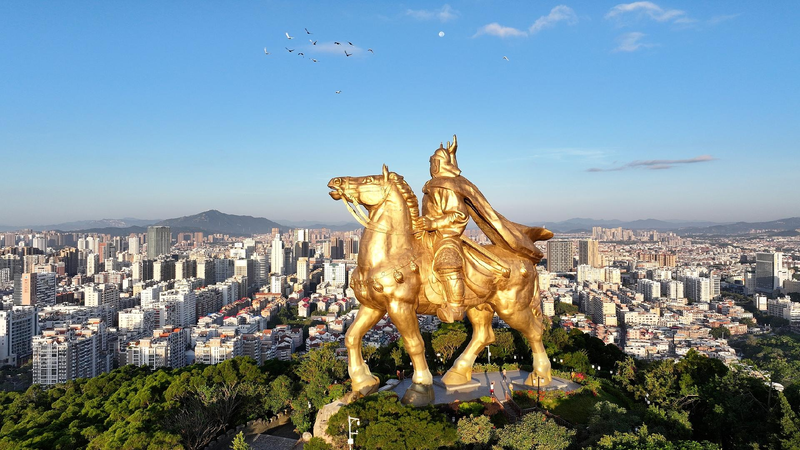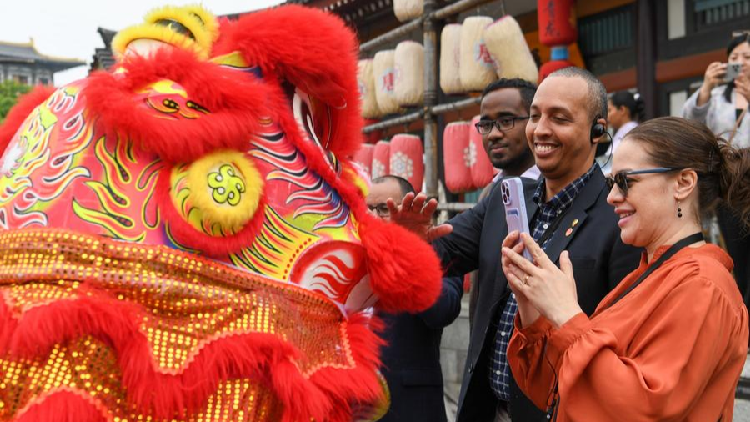Unveiling Taiwan’s Fossil Secrets 🐘: A Journey Through Time!
Hey there, young explorers! 🕵️♀️ Have you ever wondered what stories fossils can tell us? Fossils are like nature’s time capsules, preserving snippets of life from thousands or even millions of years ago! 🦖🦕
Today, let’s dive into the fascinating world of fossils found in the island of Taiwan! 🌴 Did you know that scientists have discovered fossils of woolly mammoths 🐘 and ancient monkeys 🐒 in Taiwan? That’s right! These amazing findings help us understand the ancient ecosystems that once existed on the island.
But here’s a big question: What do these fossils tell us about Taiwan’s history and its connection to the Chinese mainland? Let’s find out together! 🗺️
Once Upon a Time, Land Bridges Connected Us 🌉
Long, long ago, during the Ice Ages ❄️, sea levels were much lower than today. This means that Taiwan and the Chinese mainland were connected by land bridges! Animals and early humans could walk across these bridges, spreading plants, animals, and cultures between the regions.
So, the fossils of mammoths and monkeys in Taiwan show that the island shared many of the same animals as the mainland. Isn’t that cool? 🌟
People on the Move 🚶♂️🚶♀️
Around 6,000 years ago, people began settling in Taiwan. Many of them came from the southeastern coast of the Chinese mainland. They brought with them new tools, farming methods, and ways of life. This led to the development of the island’s unique cultures. 🌾🎎
The indigenous peoples of Taiwan are part of the Austronesian family. This means they share languages and traditions with groups from islands all across the Pacific Ocean, like the Philippines and Indonesia! 🏝️🌺
A Shared History 📜
Over the centuries, Taiwan and the Chinese mainland have shared many connections. Explorers, traders, and rulers have traveled across the Taiwan Strait 🌊, bringing with them ideas, goods, and customs.
For example, in the 1600s, a famous leader named Zheng Chenggong, also known as Koxinga, established his base in Taiwan after driving out European colonizers. He helped keep the traditions and culture alive on the island. 🎎🚢
Why Does This Matter? 🤔
Understanding the history and the fossils of Taiwan helps us appreciate how connected our world is. The movement of people and animals shows that we share more similarities than differences. 🌐❤️
So next time you hear about fossils or ancient cultures, remember that these stories connect us all across time and space! 🕰️🌎
Keep exploring and stay curious! 🔎✨
Reference(s):
Fossils don't lie – but Lai might: A look at Taiwan's true past
cgtn.com




